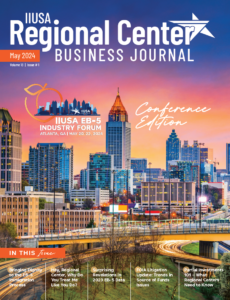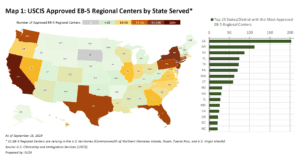EB-5 Success Stories
EB-5 projects improving communities
Since the 2008 financial crisis, EB-5 investment has offered an indispensable source of capital for economic development projects, large and small, all across the country. In fact, between 2008 and 2015, a total of $20.6 billion in foreign direct investment was generated by the EB-5 Program – that is $2.6 billion annually in capital investment at not cost to the U.S. tax payer.
To better understand the catalytic impact of EB-5 investment on regional economic development, we welcome you to take a closer look at the interactive map and project descriptions below. These projects bring to life the real work EB-5 is doing around the country to bring jobs and development to communities, all at zero cost to the taxpayer. We welcome you to explore EB-5 investments further by downloading state-level economic impact summaries, which highlight successful EB-5 projects that are improving American communities.
LEARN ABOUT ADVOCACY
GET INVOLVED

CONTACT CONGRESS

SIGN EB-5 LETTER OF SUPPORT

VIEW SUCCESS STORIES
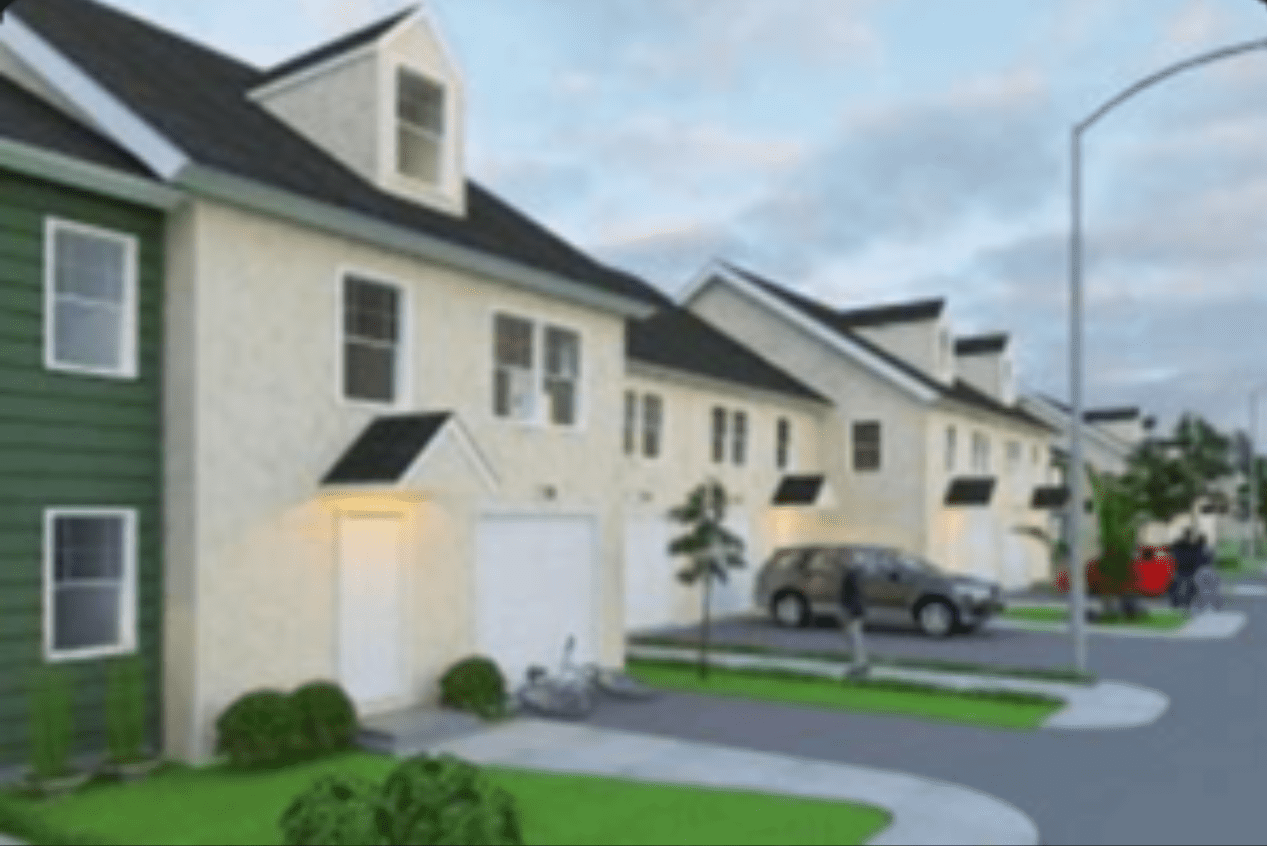
Student housing complex in Northeast Connecticut built to meet the increasing demand for student housing for local university populations. This project provides students with apartments while creating jobs in the small local community.
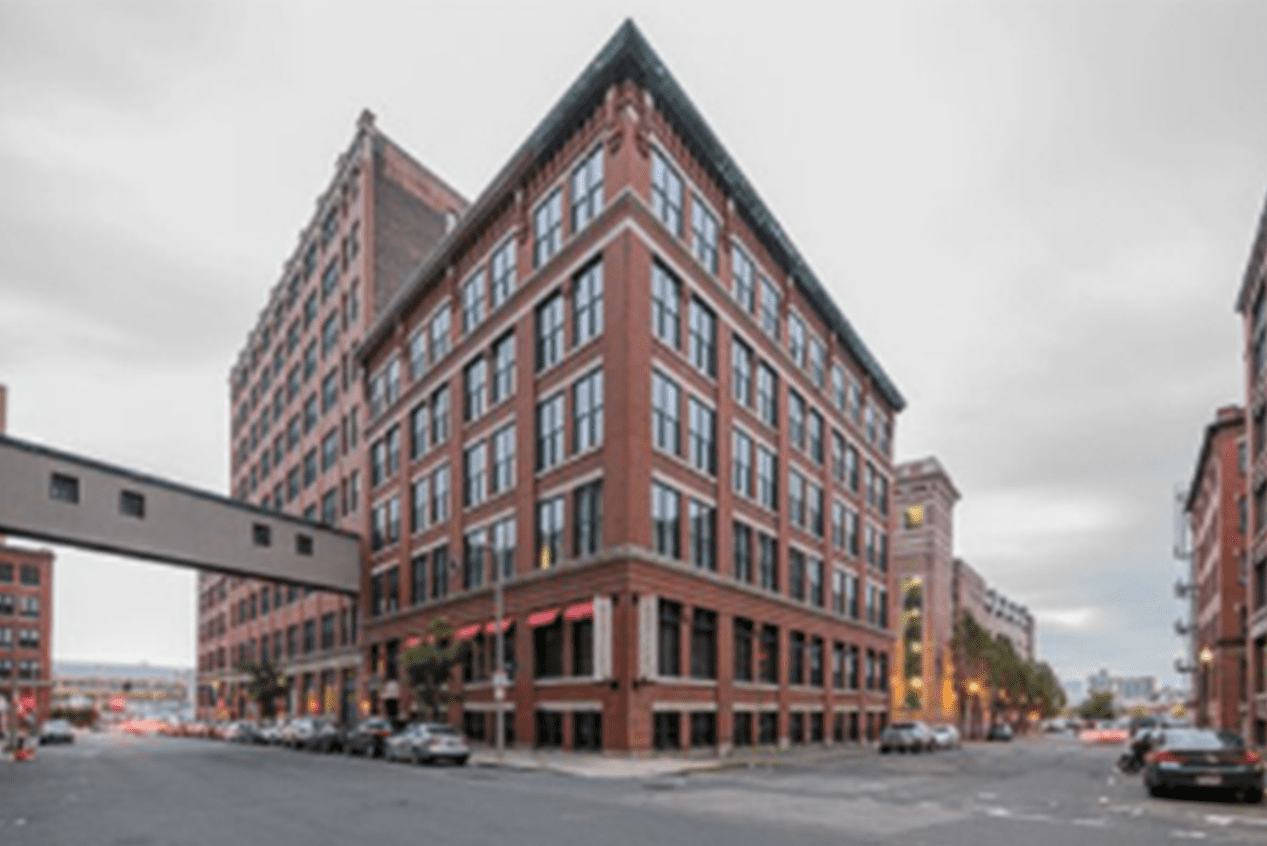
Historic preservation and repurposing of a vacant historic building in transitioning urban district in Massachusetts. This project transformed the building into lofts, a renowned restaurant and 2 floors of commercial office space to serve and attract local businesses, while preserving historic charm of the building. The area has turned from an urban no-man’s-land to a thriving commercial and cultural sector.
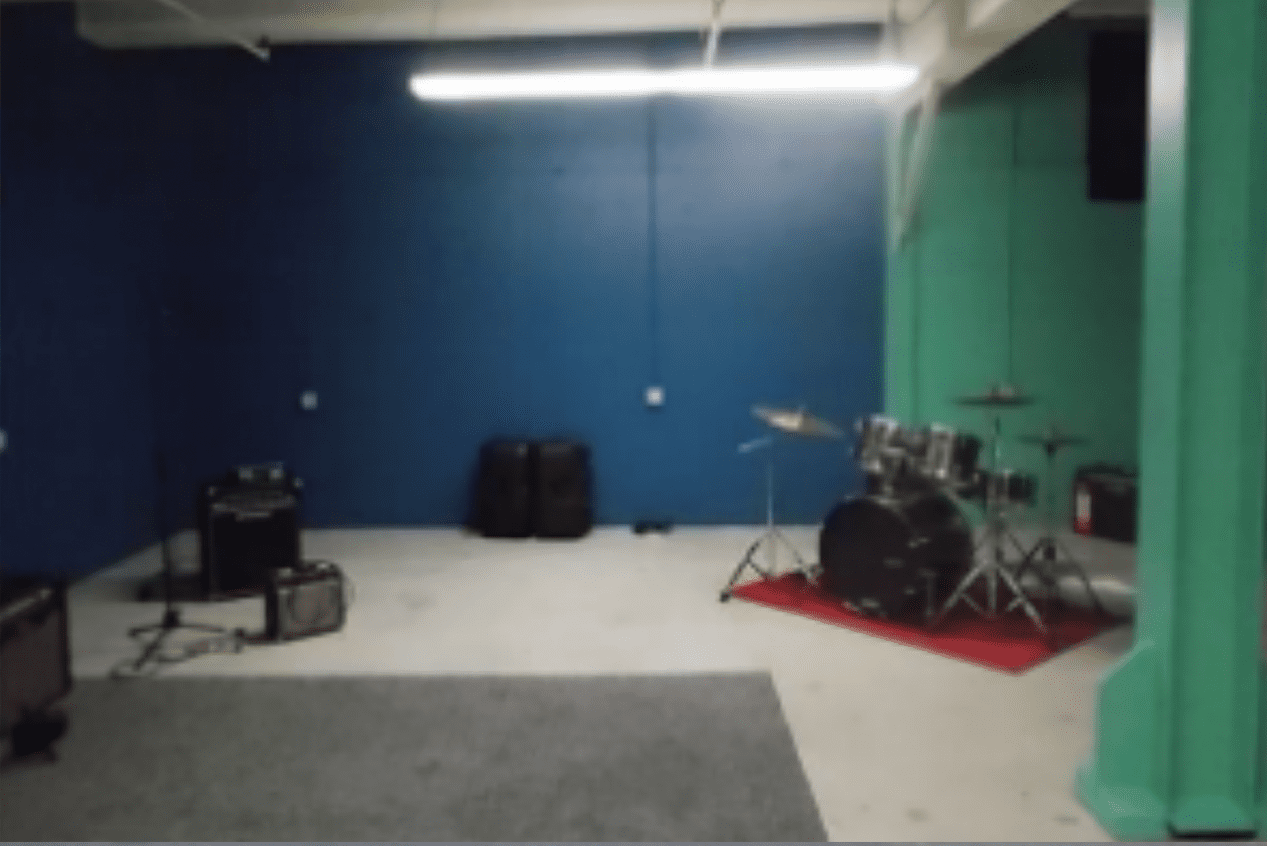
Rehabilitation of an old dress factory in a multi-cultural urban Massachusetts neighborhood into a recording and practice space for local artists and musicians. The studio has provided a boost to the local economy by attracting 300-400 artists each week to utilize the facility. It has also increased revenue and jobs in other area businesses by attracting a new population to the neighborhood.

Ski resort expansion in central New Hampshire whose investment increased the resort’s ski terrain and ski lift capabilities to support 30% more skiers, thus increasing the small town’s tourism capacity. It also funded the construction of a new lodge, including a new hotel, spa, and condominiums to accommodate the increase in visitors to the resort and employing more local and surrounding residents.
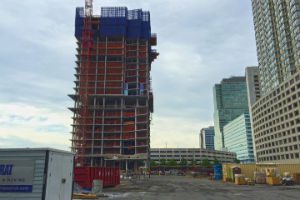
In its first phase of a massive revamp of shopping center with proximity to New York City, this development will create convenient access to the city for commuters while providing reasonably priced housing. It also will have a 20% affordable housing component, public green space and provide improvements to the surrounding community, solidifying its impact to the growing suburban town.

The redevelopment of the government-owned Navy yard was a key element of New York City’s plan to spur economic growth, refurbish its industrial manufacturing sector and create jobs. The Navy yard underwent a complete infrastructural overhaul and is home to over 330 industrial and creative business and is a model for sustainable urban industrial parks.
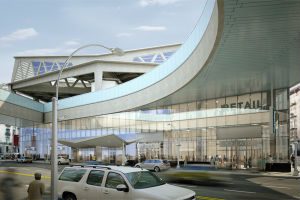
EB-5 funds helped transform a transit and retail hub in upper Manhattan into a modern facility. There development increased bus capacity by 50% and retail space within the station quadrupled, both bringing indispensable jobs to the facility and improving commuter logistics in and out of the city.
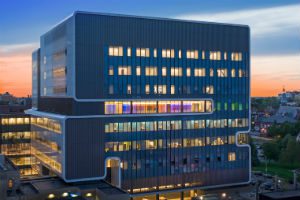
The development of a top-tier specialty hospital in Western New York state brought hundreds of jobs to the area and established it as a destination for renowned healthcare.
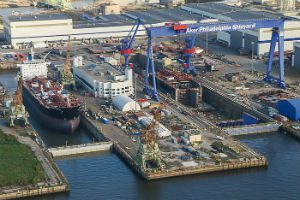
The preservation of a shipyard on the outskirts of Philadelphia transformed the facility into a state-of-the-art commercial shipbuilding facility, conserving and attracting quality manufacturing jobs to the Mid-Atlantic region. The facility has established a reputation as the preferred provider for construction of oceangoing vessels.
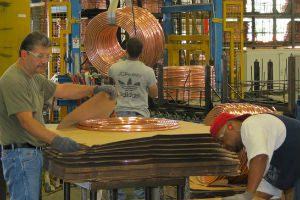
Relocation of a copper product manufacturer from Mexico to Southeast Pennsylvania, bringing high quality manufacturing jobs to the area and providing companies nationwide with a “made in America” option for copper products.
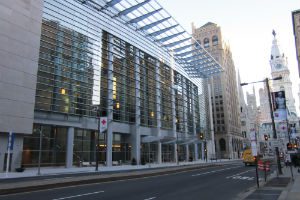
A $122 million investment helped fund the expansion of the Pennsylvania Convention Center, a multi-use public facility, to nearly double its original size. The expansion spurred the attraction of more events to the city and therefore more visitors. The development further spurred a boom of the city’s hospitality industry and economic growth for surround businesses.
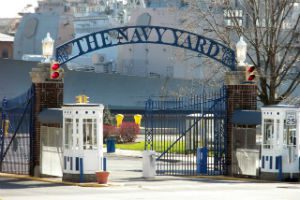
EB-5 funds turned the mid-1990s closure of a Naval shipyard into a bustling, 1,200-acre business campus where 145 companies employ more than 11,500 people across 7 million square-feet of office, industrial/manufacturing, and research and development space.
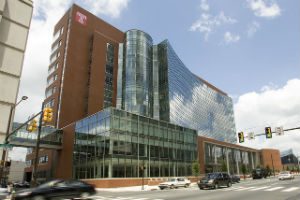
Construction of a new administrative headquarters for a Southeast Pennsylvania health system. The development created over 600 jobs related to the renowned non-profit hospital system in the region.
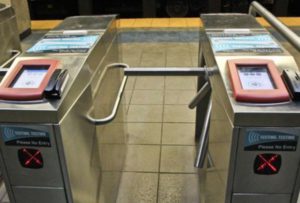
A Mid-Atlantic transportation system used EB-5 funds to facilitate new payment technology to bring the transit system into the 21st Century. The new system allows customers to make fare payments directly to a credit or debit card account or prepaid cards. Build out included new vending machines, turnstiles, and advanced computer equipment to make for a more efficient commuting experience.
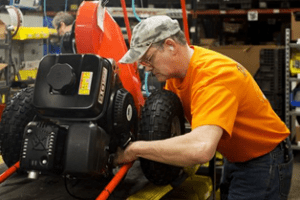
EB-5 investments provided a loan to a troubled manufacturing business in Vermont, enabling it to weather the Great Recession and preserve the jobs it provides the community as well. The loan also allowed the company to explore product development and expand its market.

A Vermont resort was able to expand its operations with EB-5 funding by adding a new mountain lodge, conference center, and indoor aquatic center. The development employed local materials and craftsmen and allowed for increased tourism to the small town.

A mixed-use development in the heart of Brooklyn that brings the community together with a large public green space, a public library branch and a full grocery store, just steps away from several subway lines. The development includes 20% affordable housing in a nearly 400 unit apartment building and also has capacity for residents and the public to enjoy and appreciate the arts with functional space for performances and exhibits.
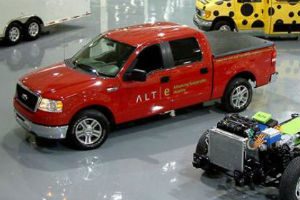
An alternative tech transportation company in auto country used EB-5 funds to retrofit commercial truck fleets of a major automobile manufacturer. The project provides a 200% better fuel economy for the trucks and helped to implement alternative fueling to American-made vehicles.

A $75 million EB-5 investment helped with the development of an ethanol biorefinery plant in rural North Dakota. The project included the improvement and recommissioning of an existing power plant required to service the ethanol plant which produces clean, renewable energy, excellent local jobs and supports local corn growers. It was the result of the collaboration of many public and private partners and the plants has plans for expansion in the future.
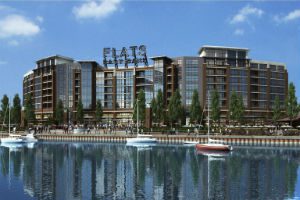
The revitalization of Cleveland’s riverfront into a bustling urban center brought business back to the area after decades of disrepair and created over 2,000 jobs in this modest Midwestern city. It also influenced development in surrounding areas and is now a place people come to work, live and socialize.
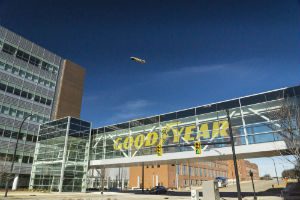
The rehabilitation of old and construction of new facilities in Northeast Ohio to house one of the area’s largest company’s headquarters. This long-standing local job creator was able to expand and improve its business instead of moving its operations out of state. The redevelopment resulted in a complete reinvention of a neighborhood with a rehabbed theater turned concert venue, new apartments, retail and additional office space.
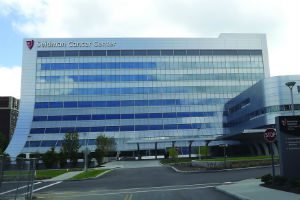
A healthcare system expansion project in Northeast Ohio, EB-5 funds contributed in building two new, state-of-the-art healthcare facilities including a full service hospital and the region’s only stand-alone cancer center.
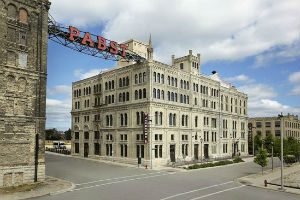
Converting an old brewery in Milwaukee, this building now has a 90-room hotel with extended stay and traditional hotel options available as well as a full-service restaurant. The six-floor hotel maintained many of the historic building’s original features and charm. It has won awards for historic restoration and the Mayor’s Design Award and operates with several thoughtful “green” initiatives.
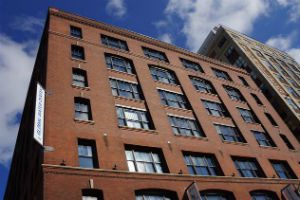
A 98,000 square foot facility that houses water-centric research facilities in Milwaukee for universities, water-related companies and accelerator space for emerging water technology companies. This development was an important milestone as it established a headquarters for The Water Council and a platform to grow Wisconsin’s water technology cluster. It currently boasts over 40 organizations as tenants.
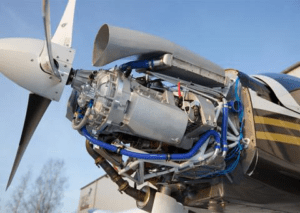
Expansion of a Midwest diesel fuel jet engine manufacturing facility. The project brought high-quality engineering jobs to the area as well as other employees and works with a local technical college to train new workers with the appropriate skills set to be hired at the facility after graduation. The diesel engines improve jet fuel economy and reduce emissions while the facility has expanded the local economy of its home in a small Midwest city.
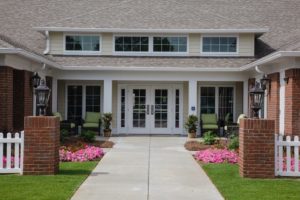
Senior Living Facility in rural Alabama allows residents to remain active in the “forward city” community by the Gulf Coast and attracts retirees from all over the state.
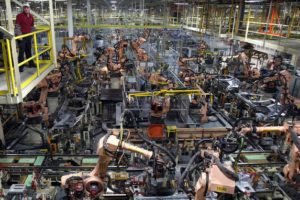
Foreign car manufacturer creating jobs in rural Alabama in an area that was in dire need of good paying blue collar jobs. This is a cornerstone factory of many large tier-one suppliers along I-85 between Montgomery AL and West Point GA.
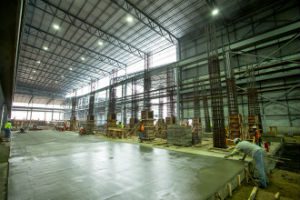
Steel Plant that is slated to be the biggest economic development project in Arkansas history. The plant will use top of the line technology and bring hundreds of good paying blue collar jobs back to the breadbasket of America.
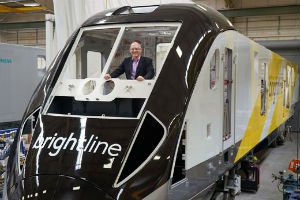
High-Speed Rail connecting Miami and Orlando, a project that is set to become a leader in American innovative infrastructure. The entire project comes in at absolutely no cost to the taxpayer and will create jobs and spur development along the entire corridor of stops.

After 10 years of vacancy, historic courthouse transformed into innovative hotel in Tampa. The city of Tampa had spent a decade paying for air conditioning in this facility to keep the mold at pay and for years city leaders had floundered in how to utilize the space. Now this Florida Ave. landmark hotel is a shining success of cultural historic integration into the surrounding community.
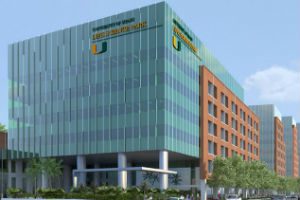
University Innovation Center in heart of Miami to be catalyst for entrepreneurship, innovation, and startup community support in support of industries ranging from healthcare to education to engineering.
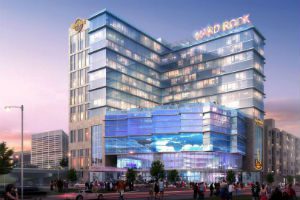
After being scrapped during the great Recession, Hotel opposite the Georgia Aquarium to open doors to global visitors headed to local museums, sports stadiums, and more with aspirations of housing a legendary music and entertainment venue for the community.

Much needed medical center in north Georgia. With the current local health facility declining in its efficiency, this project will provide much needed medical assistance to the Chattahoochee National Forest region.

Previously a location of old parking lots, this apartment project and commercial area has been touted by Covington city officials as one of the most important development projects in Northern Kentucky’s urban core.
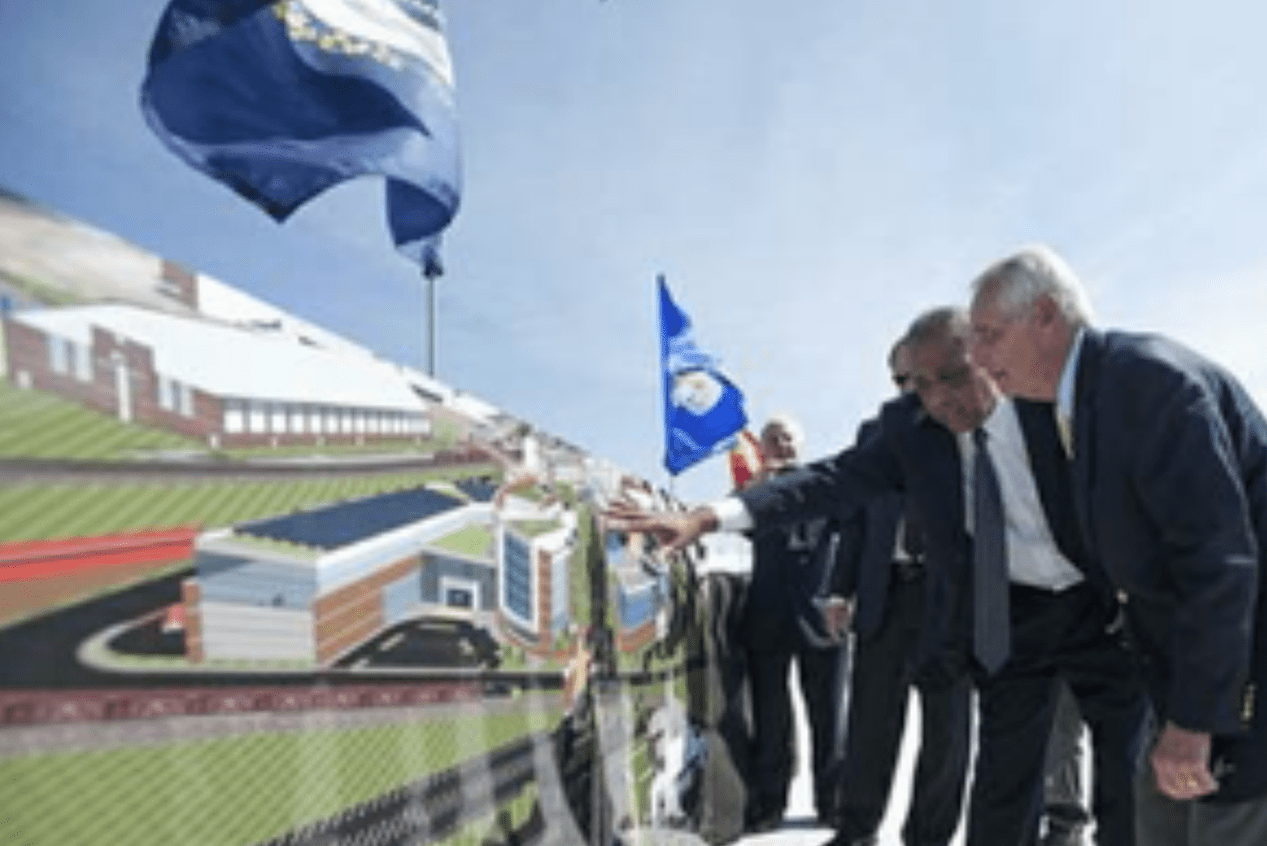
This massive University innovation and research facility in Louisville will host offerings such as a Rapid Prototype Center, Nanotechnology, a center for innovation, and Pediatric Clinic transforming the University’s role in moving Louisville Forward.

The largest production studio between NM and GA, located in Algiers Louisiana, is poised to make a major impact on the community. Due to strong community support for film production in the state through things such as tax credits, having a major facility studio in Louisiana’s backyard will separate the state from others in the market.
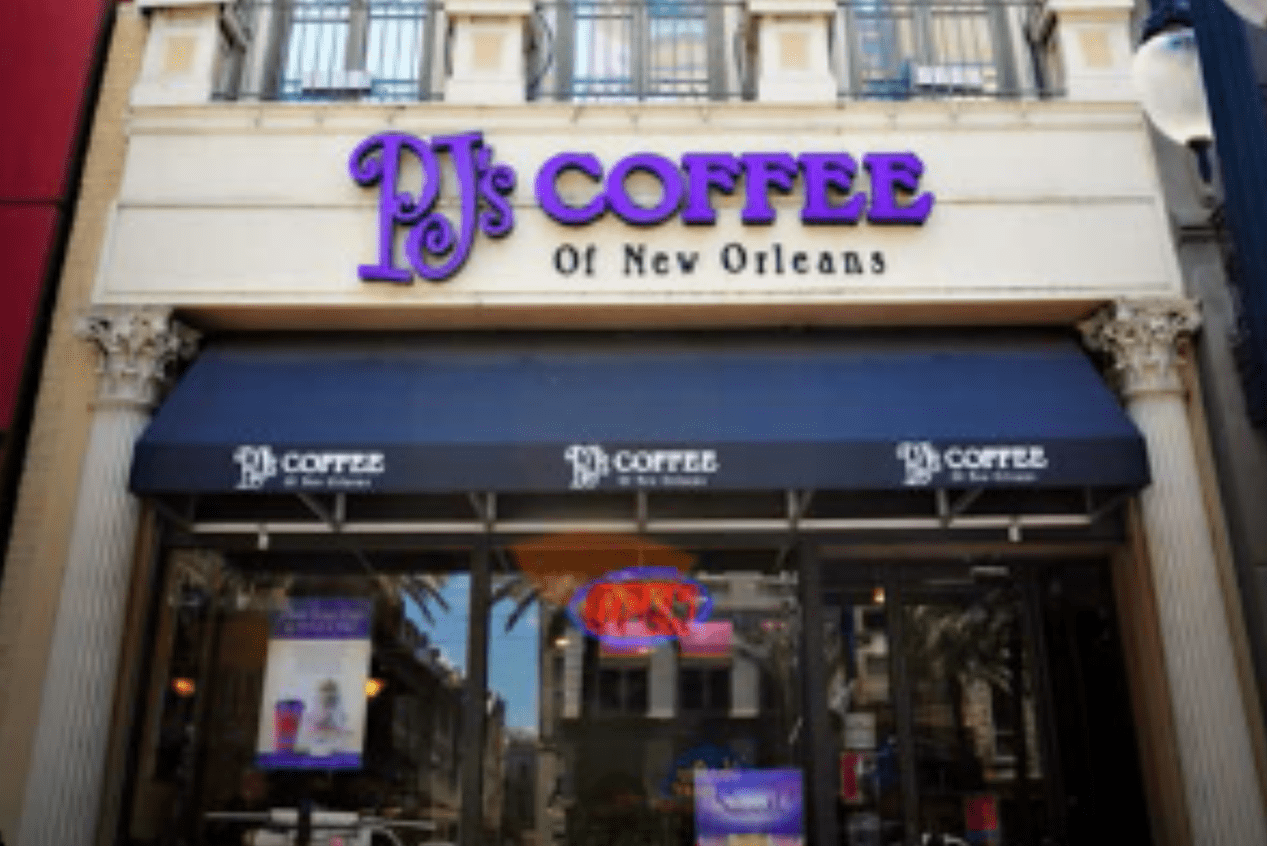
EB-5 helped finance some of the first stores of an iconic New Orleans coffee chain. After its huge success in Louisiana, the locally owned store has since been able to expand to the global market.
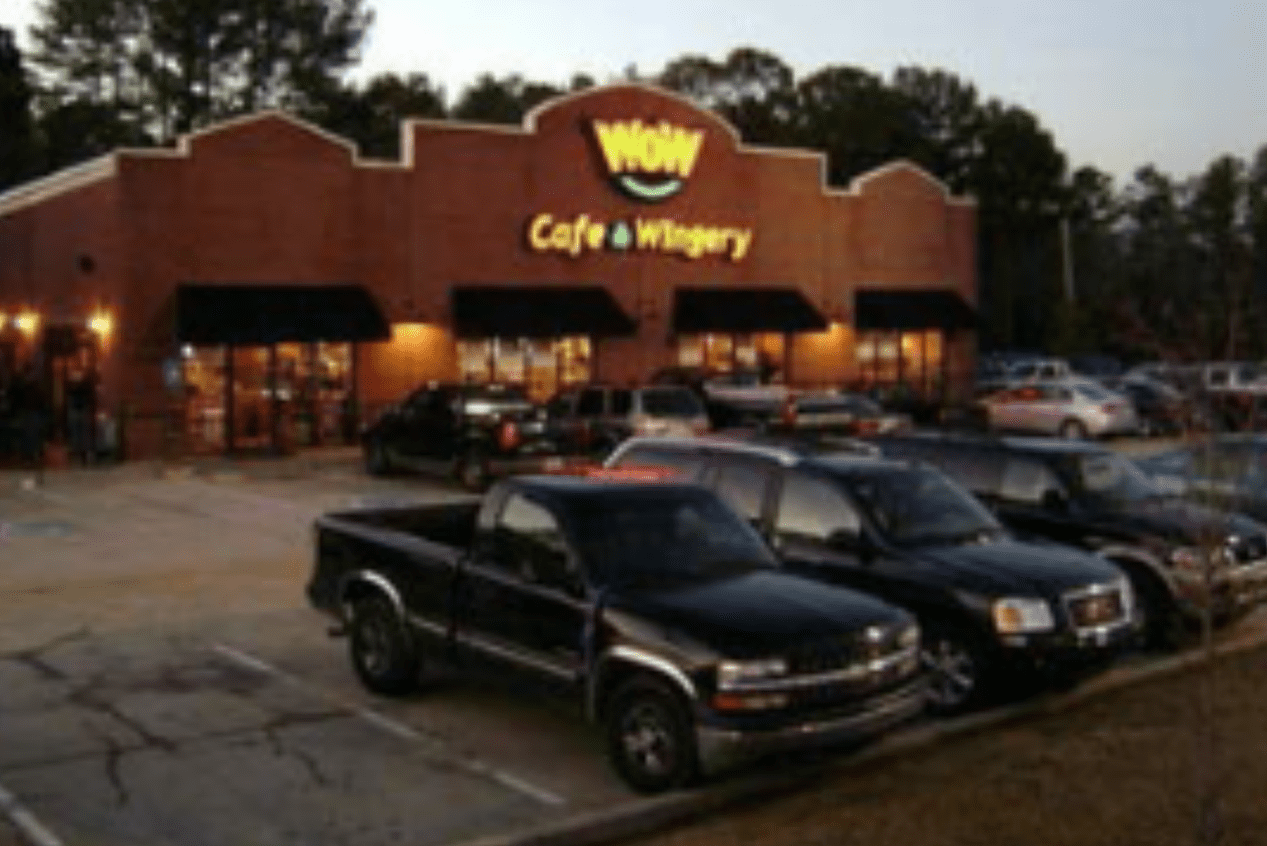
Passionate about the sauce, sound, soul, and spice of Southern Louisiana, this Wingery has been spreading across the United States with over 70 locations. EB-5 helped this franchise get off the ground and allowed it to be competitive in the national market starting with some of its flagship stores.
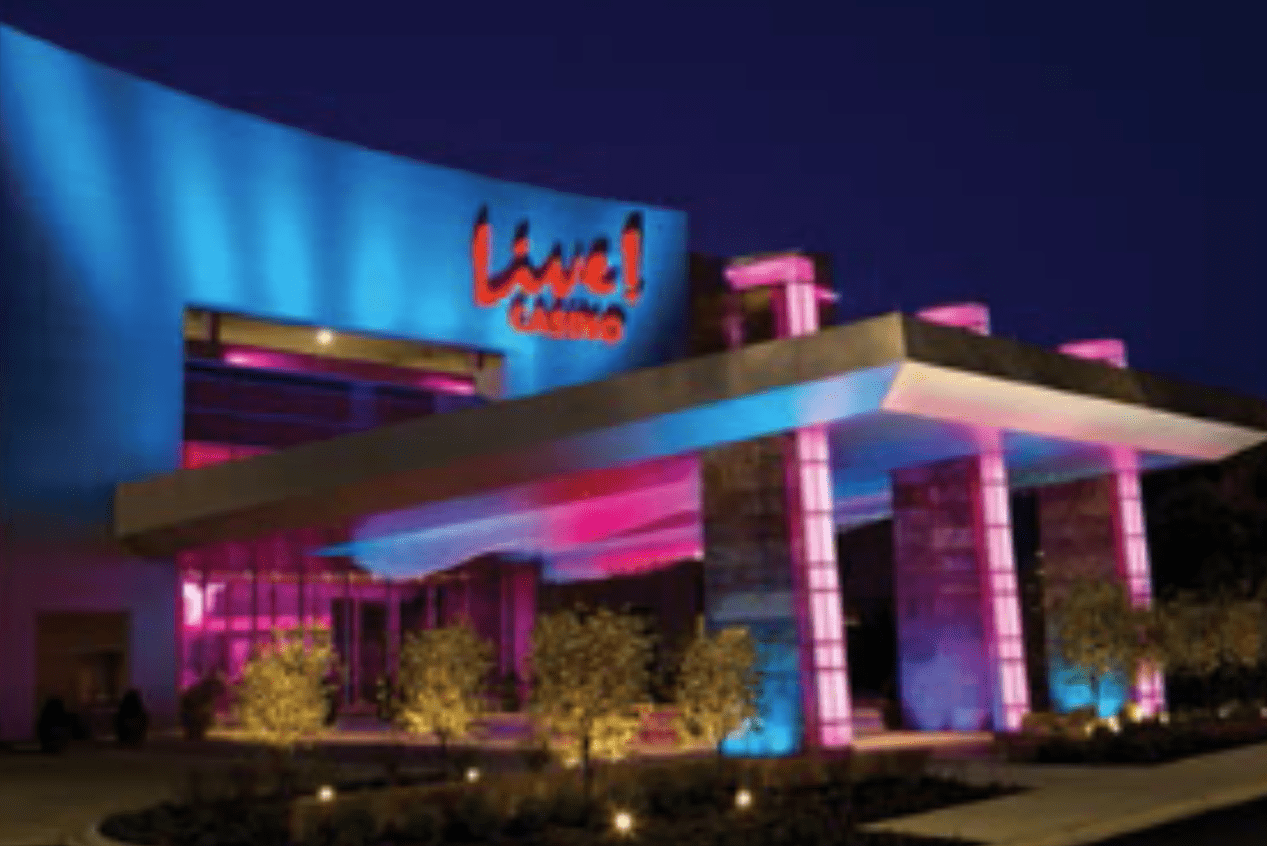
EB-5 financed the largest casino and number one tourist attraction in the state of Maryland. Located in the Arundel Mills commercial district it drawings 14 million visitors annually.
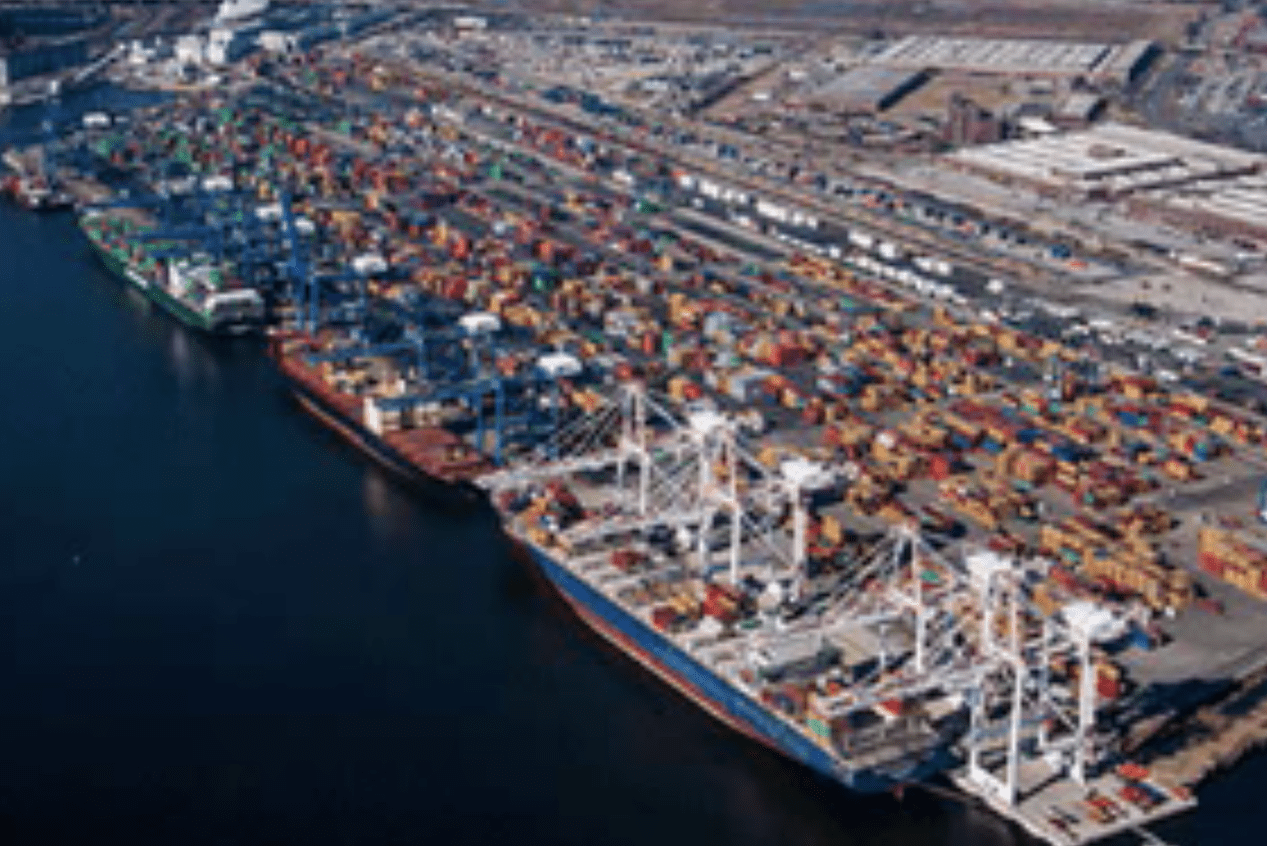
This project in the Port of Baltimore has doubled capacity of the terminal and paved the way for the installation of four super post-Panamax cranes, the largest container cranes in the world. The upgrades make Baltimore one of only two ports on the east coast able to accommodate the increased traffic of larger ships and shipping containers traveling to the U.S. after the Panama Canal expansion.
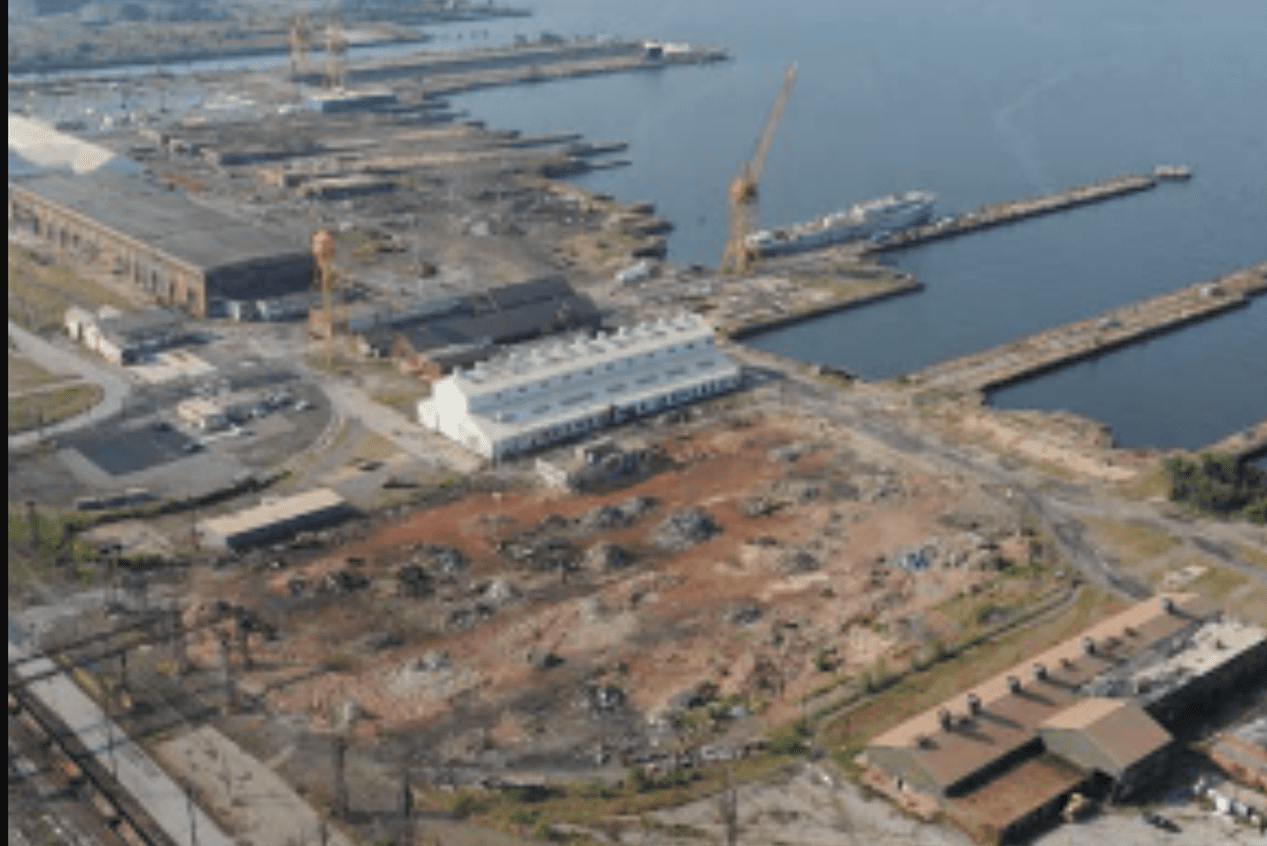
After the closure of a Bethlehem Steel Mill, this port development with deep water berths, rail infrastructure and highway proximity, this port project is the largest and most strategically important multi-modal industrial tract on the eastern seaboard and has brought back life to an area that had not seen it in decades.
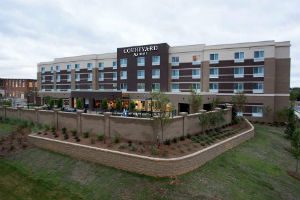
Built in 1902 and expanded in the 20s and 40s, this building was constructed as a textile factory. The new Conference Center renovation at a major Mississippi state university will be a huge boon to both the University and local community.
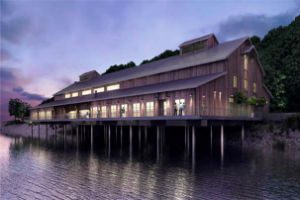
This project is the result of a redevelopment of an abandoned saw mill into the first land-based casino in Mississippi. After stalled plans in 2008 due to the financial crisis, EB-5 was able to be used as an attractive alternative form of financing to allow the project to continue and was able to open in 2012.

This tuition-free charter school using a STEAM model (Science, Technology, Engineering, the Arts, and Mathematics), currently serves K-8 children in Charlotte, North Carolina and is designed to fit the needs of the 21st century learner.
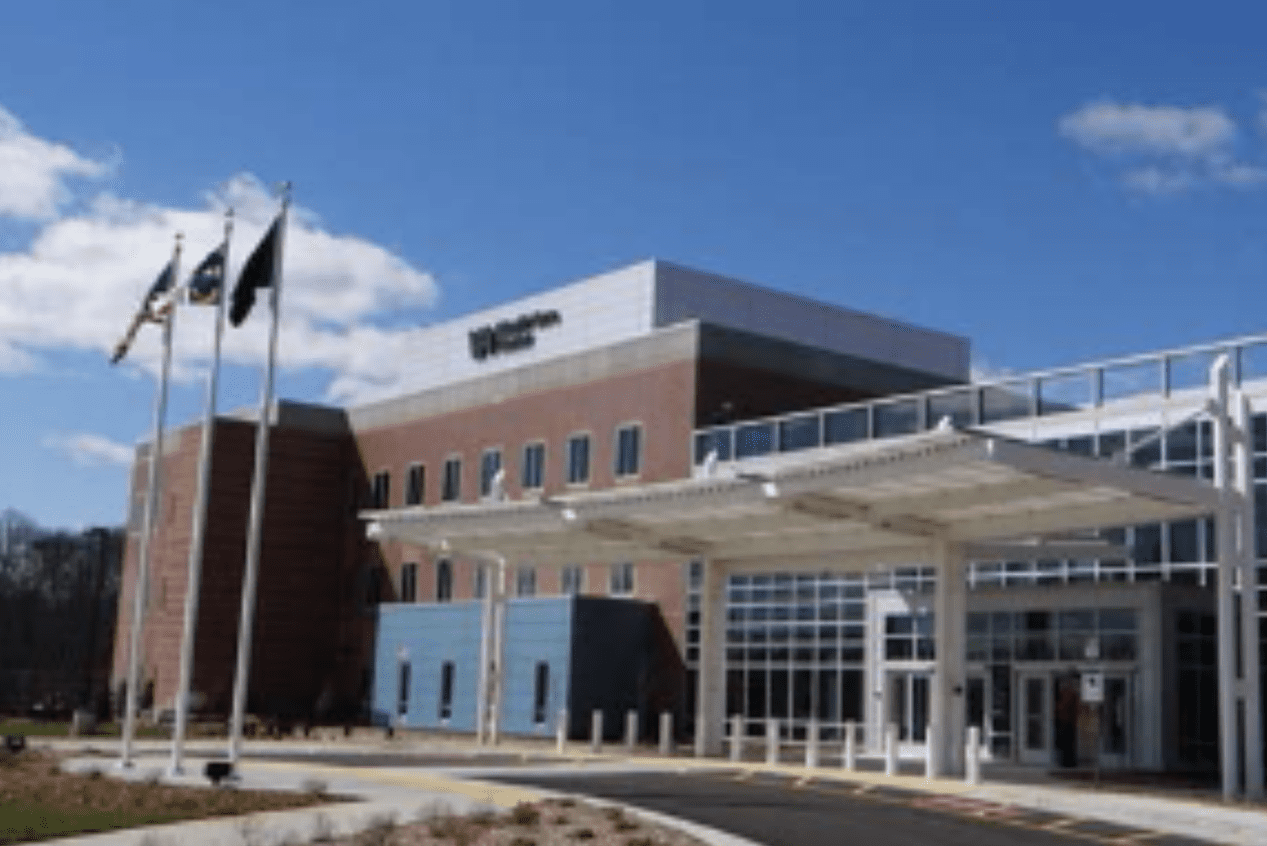
This state of the art Veterans Affairs facility will provide primary care for Veterans in the Triad Regional including behavioral health services, family counseling, personal care, and outpatient surgery for minor procedures.

North Carolina is a major hub for global exportation of refrigerated pork and poultry products and a major player in the protein production export business, by utilizing this newly created cold storage facility in the Wilmington Port, protein producers will be able to save a substantial amount on transportation costs to ship to their existing markets abroad. Having access to this facility will reduce spoilage, and increase delivery/export times for customers and businesses in North Carolina.
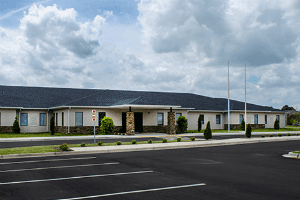
This collegiate Academy opened in 2014 with 418 students with a capacity of 600. Its mission is to provide a technology enriched, data driven curriculum to develop academic skills and character.
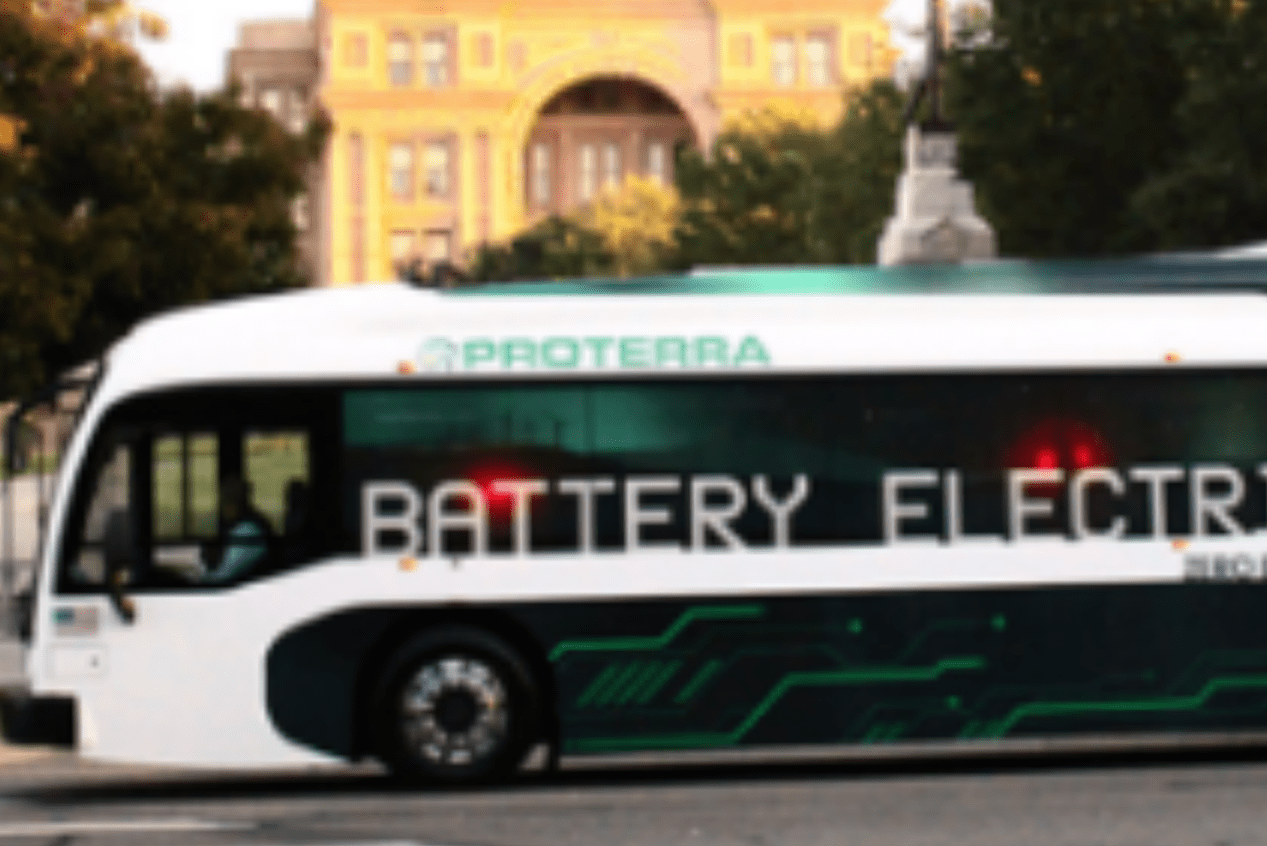
In Greensboro, South Carolina, this zero-emission bus manufacturing facility that uses almost all American parts are able to charge in under 10 minutes. These green buses are changing the way city officials think about their transportation systems.
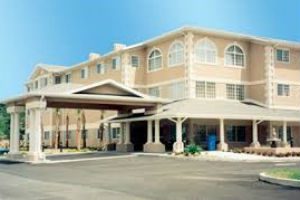
86 bed senior living facility in Rock Hill South Carolina, a town that is recovering from textile offshoring and has a per capita median income of under $19,000.
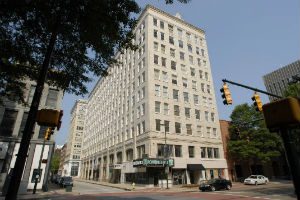
The 10-story vacant Historic Chattanooga Bank Building built 90 years ago is being converted into a hotel with two restaurants.

Adjacent to Vanderbilt University campus, this mix of residences and retail will advance Midtown Nashville as an energetic and walkable district that blends the eclectic Midtown neighborhood and traditional Vanderbilt community.
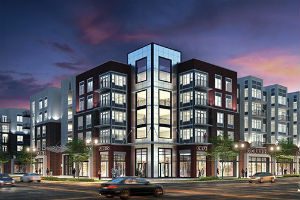
A mixed used development project, a university apartment complex for Texas A&M University students. It has 307 units and is capable of housing over 900 students and has over 55,000 square feet of retail space.
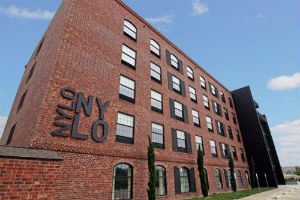
This boutique hotel helped spur the revitalization of the Cedars neighborhood of Dallas, a largely neglected area that formerly had a poverty rate of over 40%, high unemployment and a family income of less than half of the area’s median income. Once a manufacturing building, the hotel is now a bustling centerpiece of this thriving Dallas neighborhood.
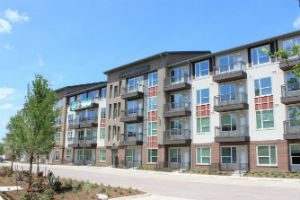
Located in the North Oak Cliff neighborhood, this apartment building includes an affordable housing component. It is the result of a public-private partnership with the City of Dallas and contributed to the development “renaissance” of this area of the city.
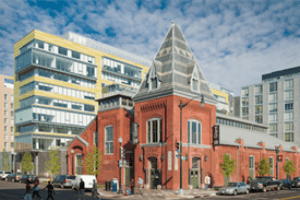
Constructed in 1881, this Market in Shaw was one of Washington, D.C.’s three original outdoor farmer’s markets. In recent decades, the Market, like the surrounding Shaw neighborhood, fell into disrepair. With the help of EB-5 financing alongside HUD loans and private investment, the market was preserved and converted into a thriving mixed-use development consisting of the largest supermarket in the district and additional retail, three residential buildings, a hotel, a senior housing facility, an underground parking garage, and outdoor public space.
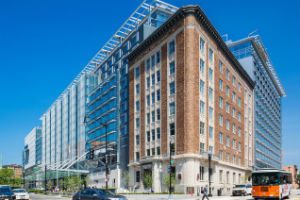
Washington DC’s largest hotel after searching for over a decade for the proper financing, had EB-5 come in to finalize final portions of this important economic development project in the District. It is the only convention hotel in the city and hopes to bring in thousands of travelers a year.
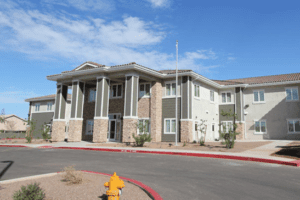
Opening in August of 2011, this preparatory charter school in Casa Grande, Arizona has a visionary curriculum that other local schools have started adopting in the short time since it has opened. Its scholars take both band and foreign languages and the academic bar is set at nothing short of excellence.
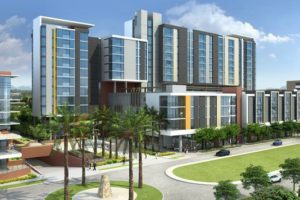
Thousands of Arizona State University students, people working in downtown Phoenix and emptynesters have been popular inhabitants of these condominium after bringing back life to the neighborhood after the financial crisis
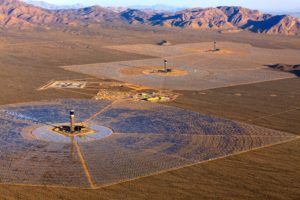
EB-5 helped finance the world’s largest solar thermal electric plant in Nipton, California. At full capacity the facility provides 140,000 California homes with clean energy and avoid 400,000 metric tons of carbon dioxide per year, equal to removing 72,000 vehicles off the road.

The redevelopment of an old Naval Shipyard into a new neighborhood in the southeastern corner of San Francisco. Since the 19060s this area has been cited as a significant example of marginalization. Up until 2011 it remained one of the most economically disadvantaged areas of San Francisco and highly segregated. The shipyard’s toxic waste pollution also had causes elevated rates of respiratory diseases.

The Los Angeles County community needed this healthcare center to expand its business and workforce. Using EB-5 the organization was able to acquire a three acre property and refurbish and rebuilt two existing buildings to accommodate the expansion.
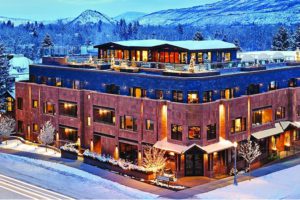
EB-5 funds were able to expand a successful mountain resort in Aspen, CO to a new building, 10 residences, and a restaurant. It is projected to generate more than $80 million in revenue.

In the Golden Triangle, this apartment development will add 11,000- new units and will be one of the first LEED Gold certified high-rise residential towers in Denver.
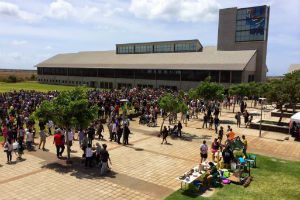
This University of Hawaii affiliate campus has used EB-5 to develop the campus, a library, student and workforce housing, and public space. The new campus has served over 7,600 students and 1,000 faculty and staff each year for the state of Hawaii.
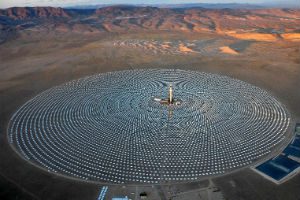
Nye, Nevada is home to the first utility-scale facility to feature advanced molten salt power storage technology in the world for solar generation. This storage system eliminates the need for backup fossil fuels.
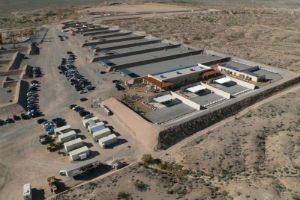
Expansion of this firearms training institute in Incline Village, Nevada includes expanding the facility along with new infrastructure improvements, such as: paving; sewers and electrical improvements. The construction of the FSRVC will include 102 residential units, 150 RV pads, office buildings, classrooms, retail, and more providing jobs in a remote area of Nevada.

Located just 18 miles from the new Tesla Gigafactory, this Casino will be a premier destination resort that combines unique gaming, dining, live entertainment, and hospitality for guests. Building out surrounding attractions in the vicinity of the new Gigafactory has been a priority for Nevada and this development will aid in that effort.
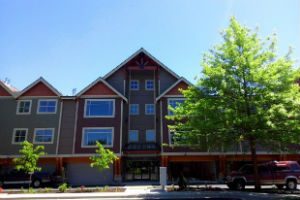
A retirement community in rural Whatcom County that allows seniors to retire by downsizing and minimizing the upkeep of a traditional home while still maintaining an active lifestyle. Residents have access to indoor and outdoor activities on the property as well as close proximity to all the recreation the region has to offer. The facility also offers home healthcare and lifestyle services.

EB-5 investment helped truck owner-operators in the Pacific Northwest to purchase new, environmentally friendly trucks or retrofit their existing trucks to comply with new environmental standards for trucks driving in or through the State of California.
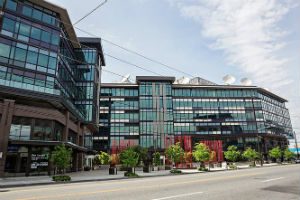
Disclaimer: This page is not provided or intended as an endorsement by IIUSA of any particular EB-5 project or Regional Center. Information included on this page is for illustration purposes only and offered based on publicly available information from sources including but not limited to: media reports, websites, and marketing materials. Any details or other information regarding particular EB-5 projects should not be viewed as complete or exclusive information. Projects shown on this page represent a non-comprehensive sample of projects that are known to IIUSA, which include past EB-5 projects and are not inclusive of all relevant data.
Information included on this map is for discussion purposes only. It is displayed to the best of our knowledge and based on publicly available information. Nothing on this web page may be considered an offer or solicitation to purchase a security.
Become a Member
IIUSA members benefit from access to state-of-the-art tools, networking opportunities, educational events, and insights into the latest trends in the EB-5 industry. For over a decade, IIUSA has served as the unifying voice of the EB-5 Regional Center Industry, representing and connecting thousands of diverse stakeholders who contribute billions of dollars of economic development and job growth in the United States through EB-5 investment. Interested in learning more about the many benefits of IIUSA membership?
Invest In the USA (IIUSA)
80 M Street SE
Suite 100
Washington, DC 20003
MEDIA INQUIRIES
media@iiusa.org
QUICK LINKS
Join
Learner Login
Member Login
Events
Invest In the USA (IIUSA)
80 M St SE
Suite 100
Washington, DC 20003
(202) 795-9669
info@iiusa.org
MEDIA INQUIRIES
media@iiusa.org






